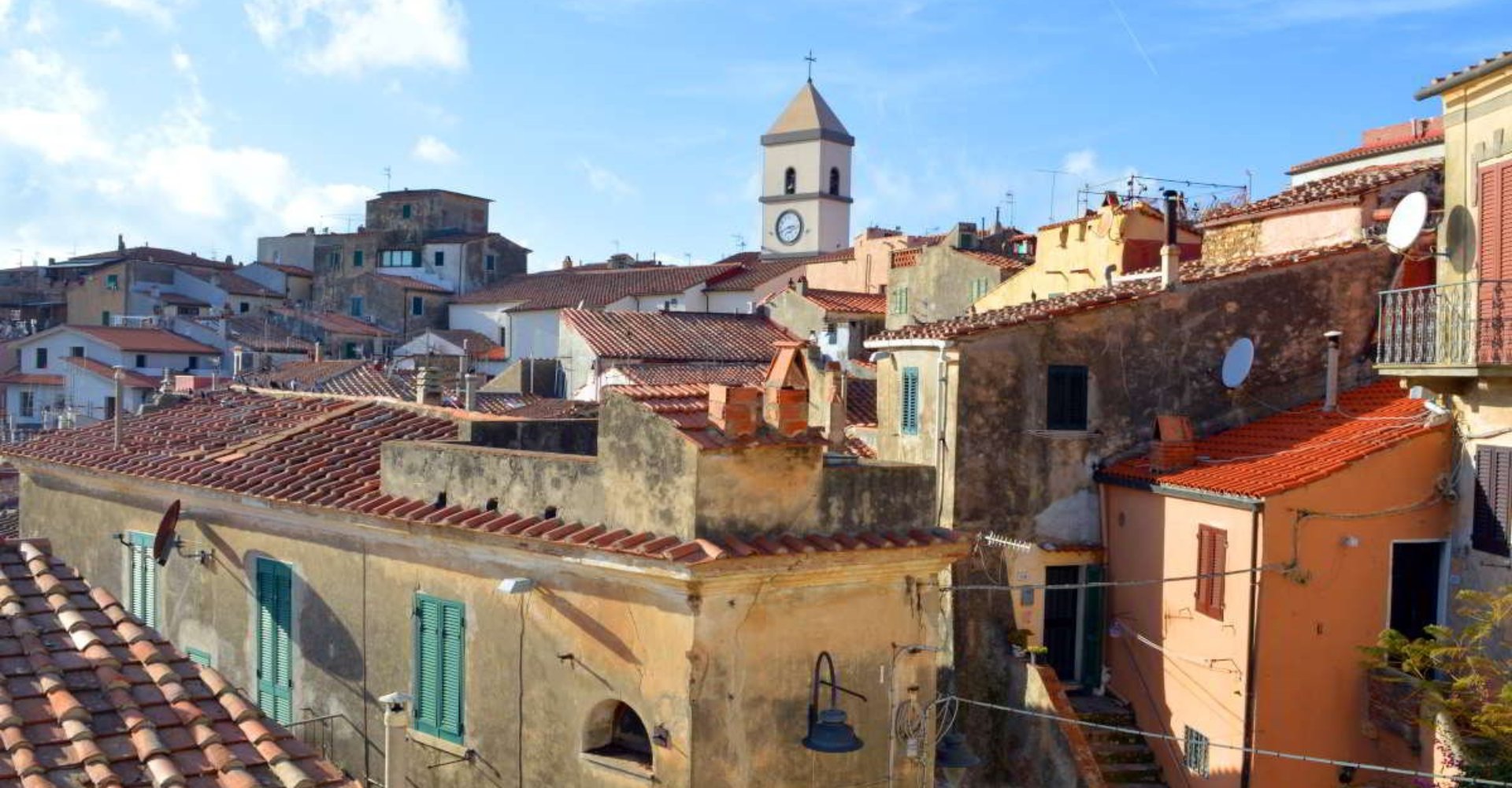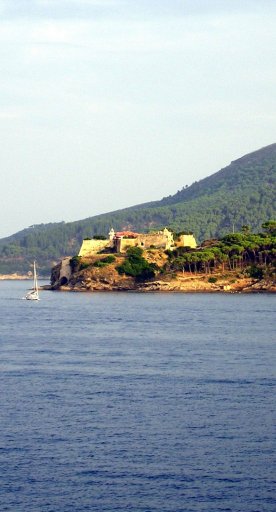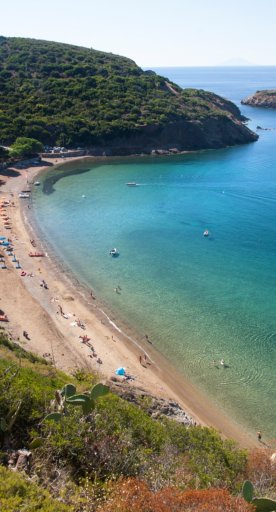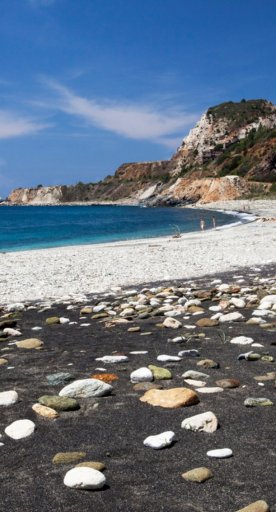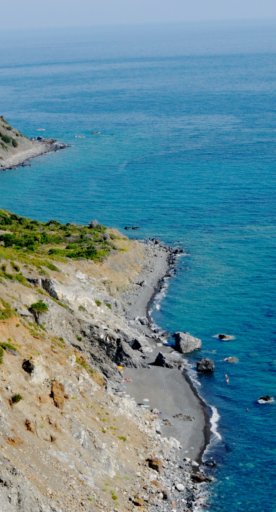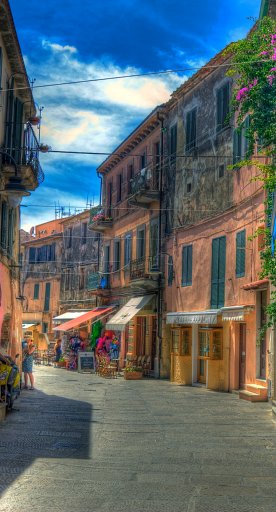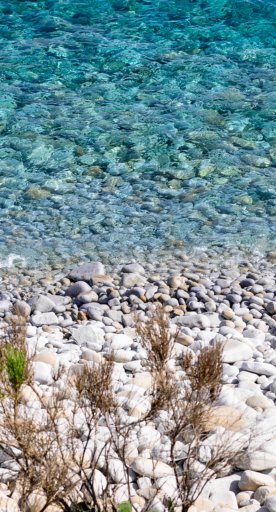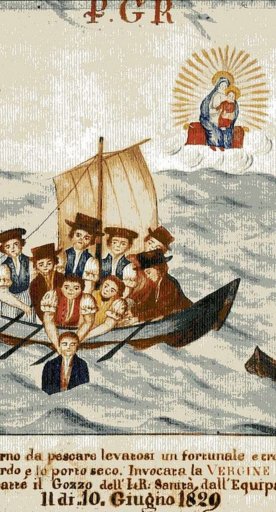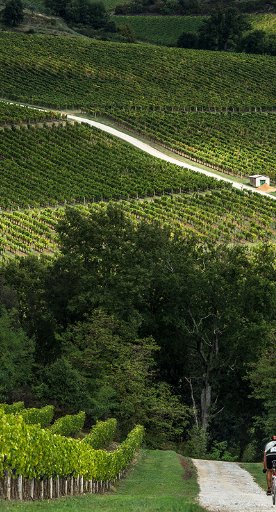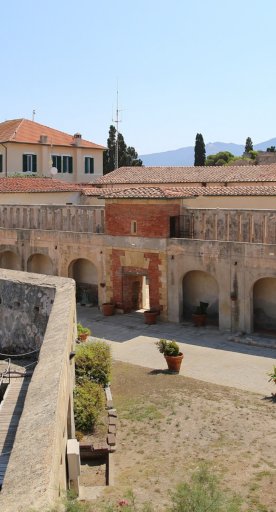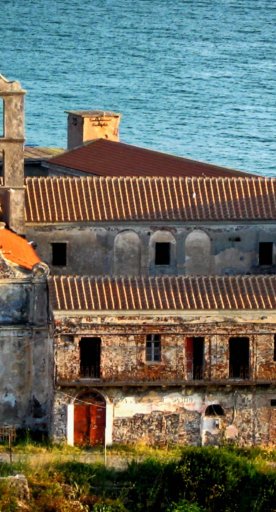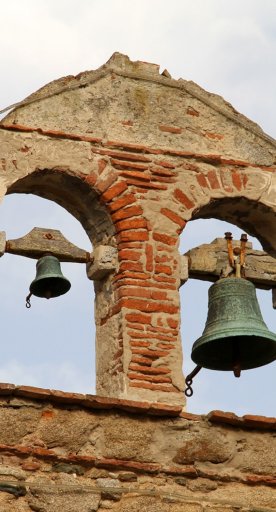Capoliveri
A medieval town on a hilltop and surrounded by the sea
Capoliveri, which stands on a hill at 167 metres above sea level, is one of the most distinctive and active villages on the Isle of Elba, abounding with beauty and history. The town is built into a terrace on a slope of Monte Calamita. Its name and origins date back to Roman times, when the name of Caput Liberum, which might mean "sacred to (the God) Liberum", identified a place rich in vineyards and good wine - Liberum was another name for the wine god Bacchus/Dionysus. It is more likely, though, that Liberum in this case refers to the fact that the island was liberated from the land, beholden only to the sea.
Characterised by its slightly unusual architecture, the town still retains its medieval appearance, with its narrow, picturesque vineyards and arcades known as chiassi, which ensconce small artisan shops and agreeable bars of every kind.
What to see on Capoliveri
The remains of the church of San Michele are living testimony to the town's medieval period: Pope Gregory XI celebrated Mass here in 1376. Don't miss the Alfeo Ricci Museum of Elban Minerals in the historic centre: this museum contains many minerals of exceptional beauty, scarcity and scientific value, such as the extremely rare prase quartz.
The remains of the church of San Michele are living testimony to the town's medieval period: Pope Gregory XI celebrated Mass here in 1376. Don't miss the Alfeo Ricci Museum of Elban Minerals in the historic centre: this museum contains many minerals of exceptional beauty, scarcity and scientific value, such as the extremely rare prase quartz.
Capoliveri's beaches
But Capoliveri's main attraction is undoubtedly its beaches, numerous and beautiful, which make the area such a hot tourist spot. Among the many, we must at least mention the great sandy swathes of Barabarca, Calanova, Felciaio, Ferrato, Innamorata, Lacona, Lido, Morcone, Naregno, Norsi, Pareti, Straccoligno and Zuccale, and the more gravelly Madonna delle Grazie, Margidore and Remaiolo.
But Capoliveri's main attraction is undoubtedly its beaches, numerous and beautiful, which make the area such a hot tourist spot. Among the many, we must at least mention the great sandy swathes of Barabarca, Calanova, Felciaio, Ferrato, Innamorata, Lacona, Lido, Morcone, Naregno, Norsi, Pareti, Straccoligno and Zuccale, and the more gravelly Madonna delle Grazie, Margidore and Remaiolo.
Nearby
If you leave the historic centre and travel for a few miles, you will come across places of great historical and cultural interest, such as the Sanctuary of the Madonna delle Grazie, the Spanish stronghold of Forte Focardo, and the apse of the parish church of San Michele, which still exerts a great beauty despite being partially collapsed.
One cannot talk about the Capoliveri area without mentioning Monte Calamita, 413 metres high, which gives its name to the peninsular that forms Elba's south-east corner.
The abundance of magnetite in this area has given rise to the belief that this mineral is responsible for local shipwrecks, in that it attracts the metallic elements of vessels, dashing them against the rocks of Punta Calamita. It is true, though, that the needles on old compasses do evince certain disturbances around here.
If you leave the historic centre and travel for a few miles, you will come across places of great historical and cultural interest, such as the Sanctuary of the Madonna delle Grazie, the Spanish stronghold of Forte Focardo, and the apse of the parish church of San Michele, which still exerts a great beauty despite being partially collapsed.
One cannot talk about the Capoliveri area without mentioning Monte Calamita, 413 metres high, which gives its name to the peninsular that forms Elba's south-east corner.
The abundance of magnetite in this area has given rise to the belief that this mineral is responsible for local shipwrecks, in that it attracts the metallic elements of vessels, dashing them against the rocks of Punta Calamita. It is true, though, that the needles on old compasses do evince certain disturbances around here.
Events
The town is divided into four distinct districts: il Fosso, la Torre, la Fortezza and il Baluardo. Every year, in October, they celebrate the traditional Grape Festival by choreographing extraordinary scenes on various themes of the harvest, from the pressing of the grapes to the bottling of the wine.
The Grape Festival is far from Capoliveri's only cultural event. On the 14 July the town celebrates the Festa dell'Innamorata, a historic re-enactment of an old legend of two young lovers. Even today, a costumed procession walks through the streets down to the Innamorata beach, where the districts compete in a boat race.
For those who love mountain biking, the Capoliveri Legend Cup cannot be missed. This mountain bike race takes place in May, and, whichever of the numerous routes is selected, it is sure to run through the most hidden and the most stunning corners of Monte Calamita.
The town is divided into four distinct districts: il Fosso, la Torre, la Fortezza and il Baluardo. Every year, in October, they celebrate the traditional Grape Festival by choreographing extraordinary scenes on various themes of the harvest, from the pressing of the grapes to the bottling of the wine.
The Grape Festival is far from Capoliveri's only cultural event. On the 14 July the town celebrates the Festa dell'Innamorata, a historic re-enactment of an old legend of two young lovers. Even today, a costumed procession walks through the streets down to the Innamorata beach, where the districts compete in a boat race.
For those who love mountain biking, the Capoliveri Legend Cup cannot be missed. This mountain bike race takes place in May, and, whichever of the numerous routes is selected, it is sure to run through the most hidden and the most stunning corners of Monte Calamita.
Typical Produce
Contrary to what one might thing, Elban cuisine has its roots in agricultural peasant traditions rather than in seafood. In fact, as we see from the old earth terraces that cover all the island, viticulture has always been one of Elba's most important activities. The wine that best represents the quality and distinctiveness of the area is the sweet wine Aleatico, which really has to be paired with Schiaccia Briaca, a sweet, soft and round pastry typical of Elba.
Contrary to what one might thing, Elban cuisine has its roots in agricultural peasant traditions rather than in seafood. In fact, as we see from the old earth terraces that cover all the island, viticulture has always been one of Elba's most important activities. The wine that best represents the quality and distinctiveness of the area is the sweet wine Aleatico, which really has to be paired with Schiaccia Briaca, a sweet, soft and round pastry typical of Elba.
